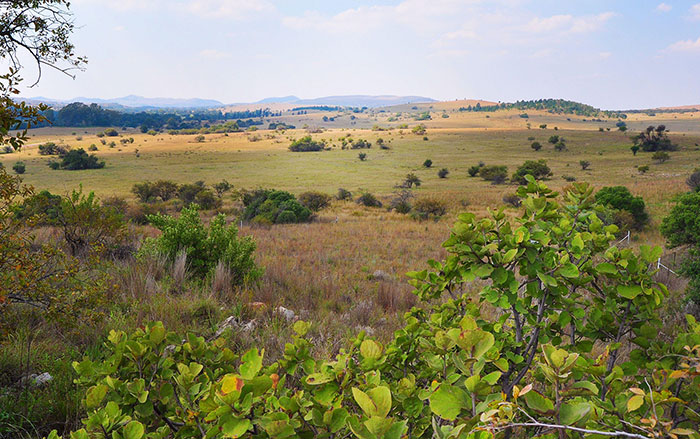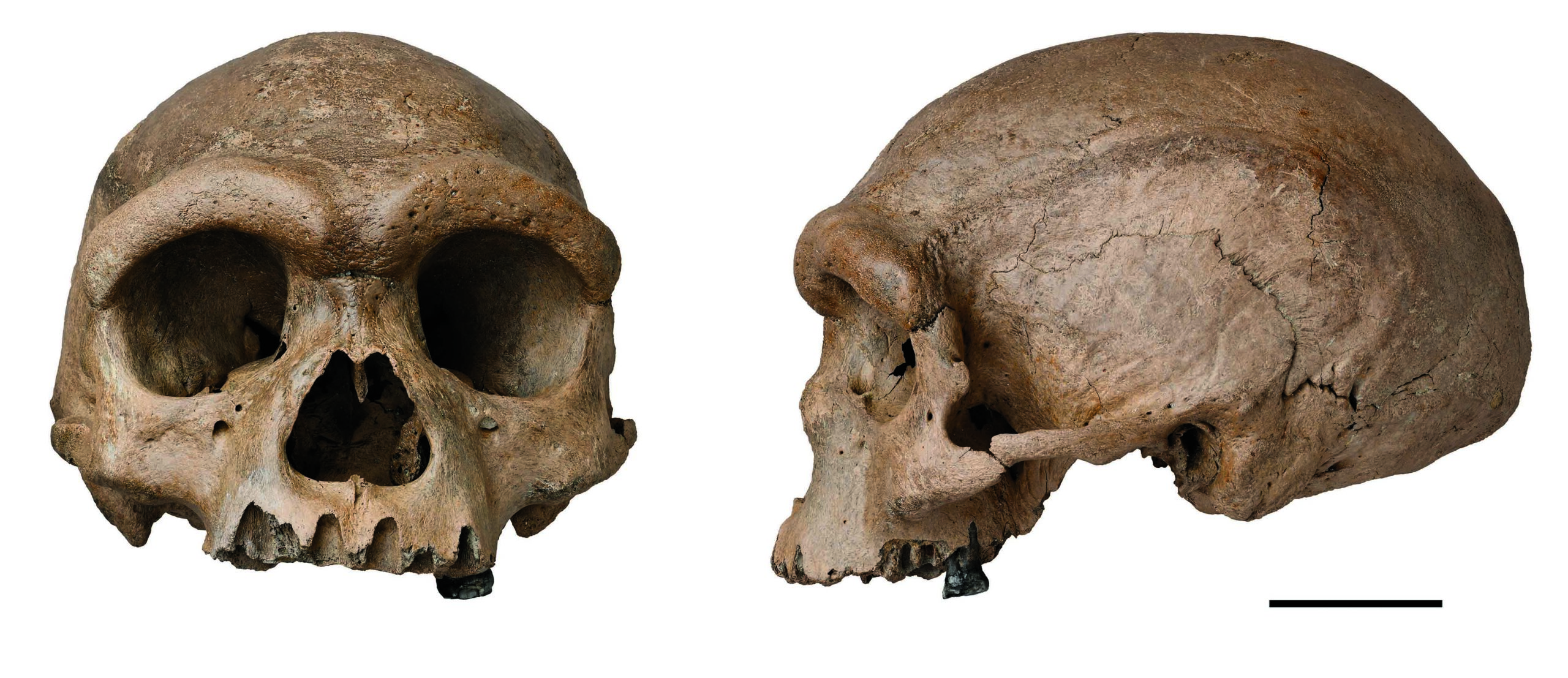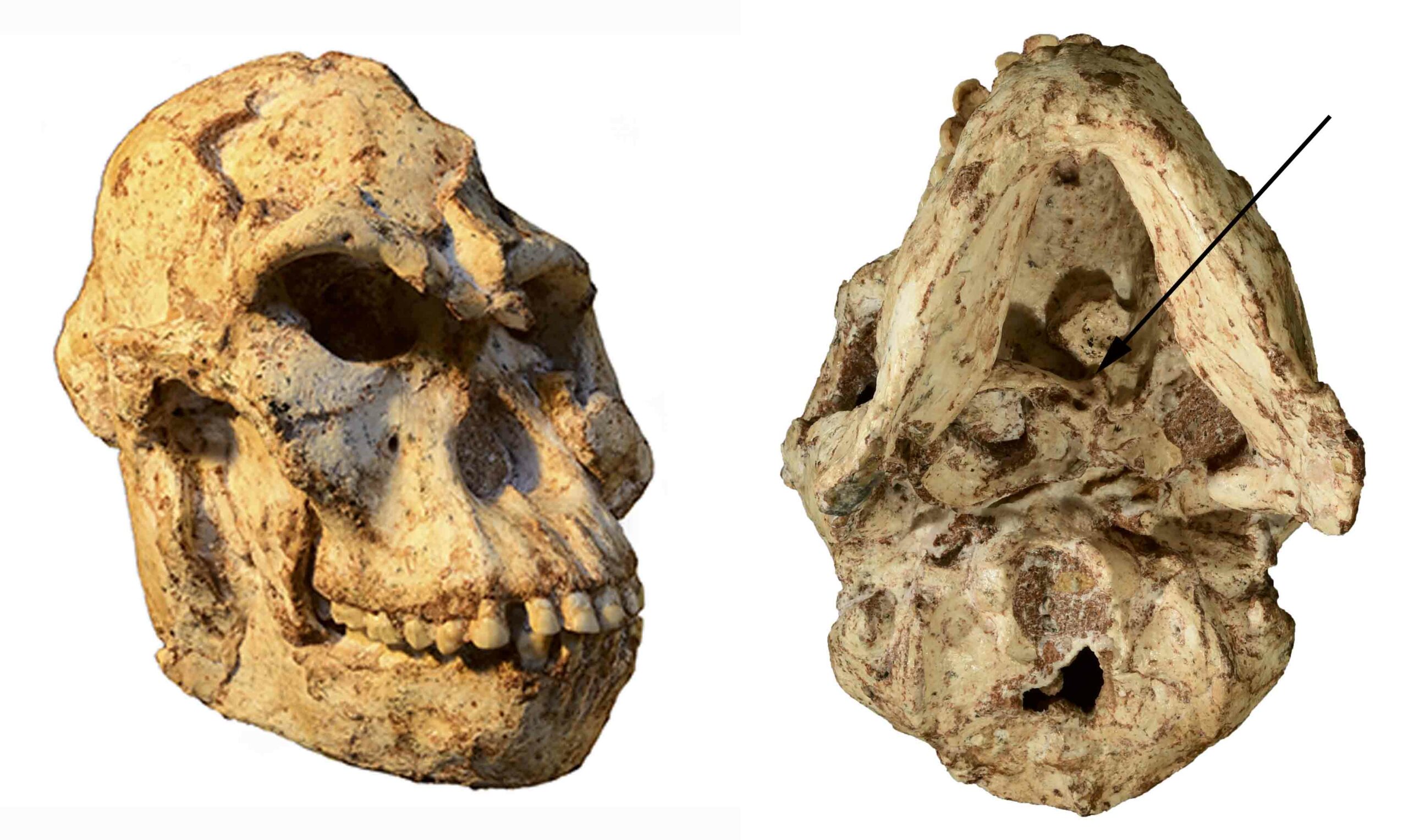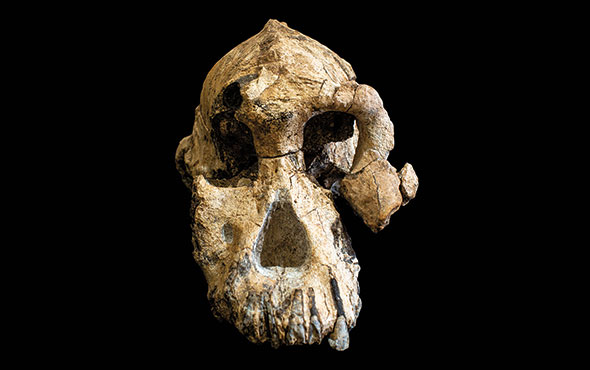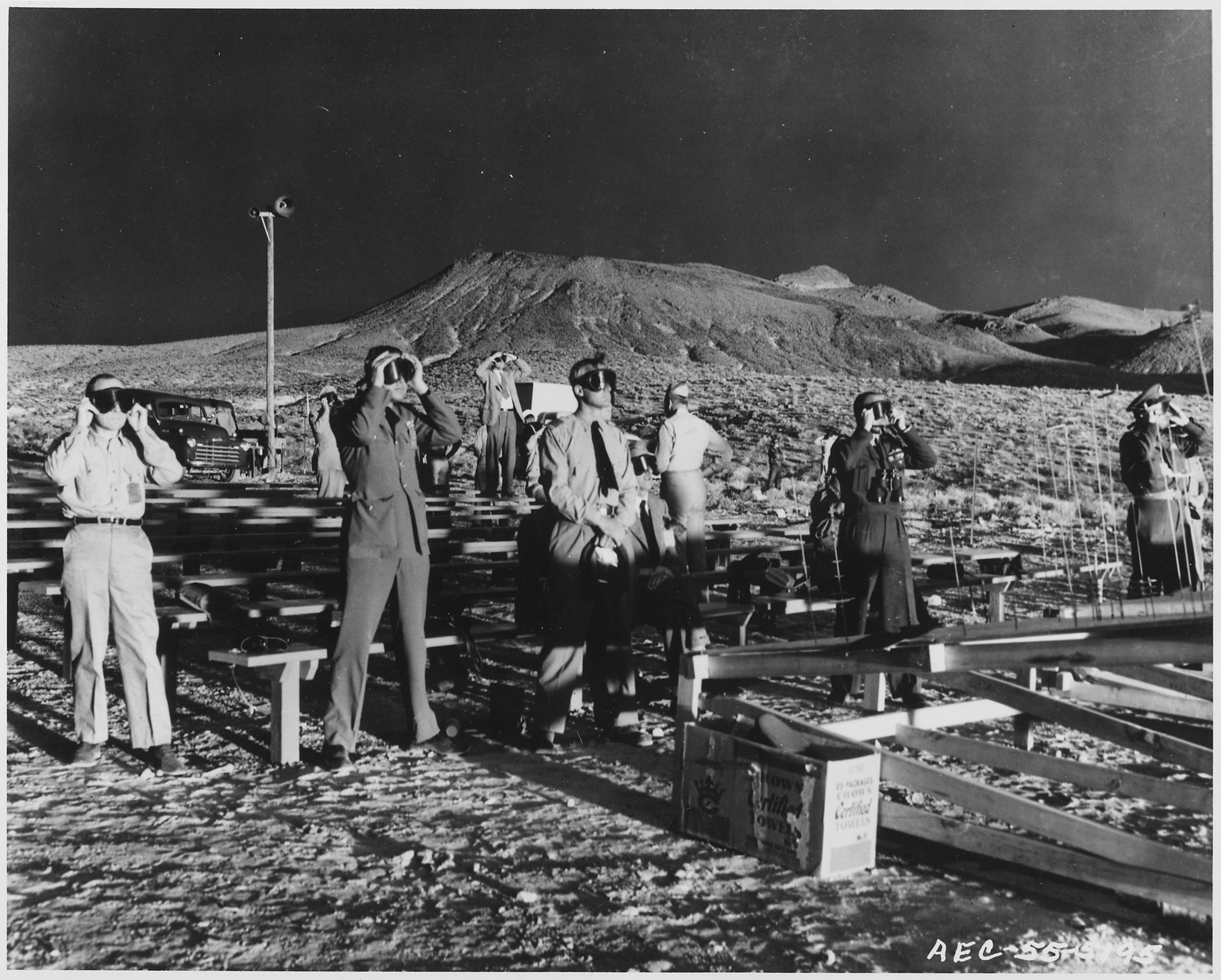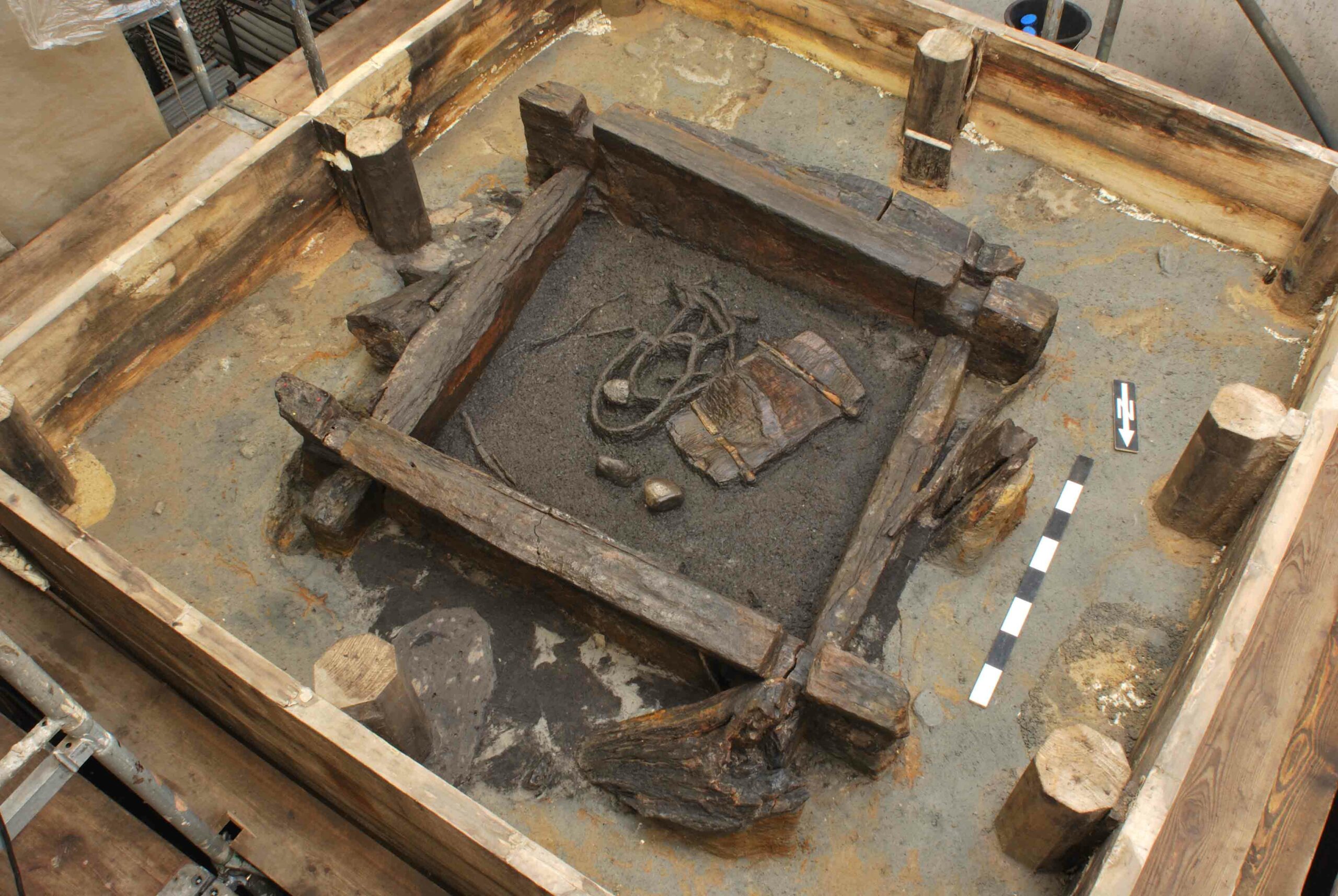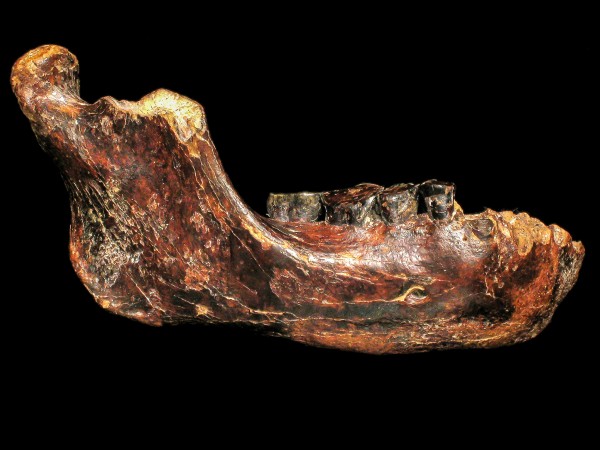
TOKYO, JAPAN—A robust jawbone pulled from a fisherman’s net in the Penghu Channel, off the coast of Taiwan, has been dated to between 10,000 and 190,000 years old by a team of scientists from Taiwan, Japan, and Australia, who published their findings in the journal Nature Communications. They compared the levels of fluorine and sodium in the fossil and other animal bones recovered from the same region, which was once a part of the Asian mainland when water levels were lower, to date the jawbone. The four-inch-long fossil still has four teeth attached, including two large molars, which look primitive for their age. The Penghu fossil does resemble a 400,000-year-old fossil from southern China, however. “We need other skeletal parts to evaluate the degree of its uniqueness. The question of species can be effectively discussed after those steps,” study co-author Yousuke Kaifu of Japan’s National Museum of Nature and Science told Live Science. To read about the recent discovery of a Paleolithic tool in the region, see "China's Oldest Bone Hand Ax."


